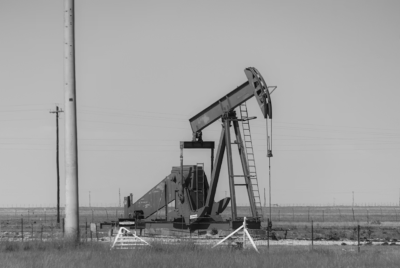Alchemy in the derivatives market could trigger the next global financial crisis
Wall Street banks are setting themselves up for the next systemic crisis by financial experimentation in the derivatives market.

Stocks are well-known to most people. They constitute fairly straightforward investments. However, an option is a different animal. It is a class of financial derivatives, based on (or derived from) another underlying financial asset. The term derivative has been tossed around often over the past few years.
So, what are derivatives? A derivative is a financial security whose price is dependent upon or is derived from the value or return of one or more assets. The assets that provide the pricing base for a derivative are defined as the underlying assets of the derivative.
In my previous IBTimes UK column entitled Why we have 16 trillion reasons to worry about the US Federal Reserve, I discussed the trillions of dollars in domestic and foreign bank bailouts from the US Treasury and the Federal Reserve.
As large as these bailouts seem, they pale in comparison to the value of outstanding derivatives contracts. American economist John Exter was concerned about the astronomical levels of global debt.
He is known for creating Exter's Pyramid for visualising the organisation of asset classes in terms of risk and size. In Figure 1 below, I have updated and adapted Exter's Pyramid to illustrate a "conservative" estimate of the value of outstanding derivatives contracts.
This global derivatives bubble is estimated to be around $1,500trn (£1,203.2trn). So, you see from my figure, they don't call it a pyramid scheme for nothing.

Figure 1: Exter's Pyramid: The $1,500 trn derivatives bubble
Even more worrisome is that the top five US banks have trillions of dollars in derivatives exposure on their balance sheets – as detailed in Table 1 (below). The derivatives pyramid is collapsing. These banks cannot sustain this debt, and, frankly, it is unsafe.
Judging from the derivatives exposure data one can conclude that our banking system is bankrupt. The American taxpayers support risky assets at these insolvent US Federal Deposit Insurance Corporation or FDIC-insured banks.

Table 1: Derivatives Exposure of Top Five US Banks
Once the derivatives pyramid collapses, these Wall Street banks must have a form of bailout. The average taxpayer on Main Street will do these bailouts — again! Bailout occurs when outside investors (e.g. the US taxpayers) rescue a borrower by injecting money to help meet debt payments. Recall that I discussed various domestic and foreign bank bailouts in my previous column.
To disguise any future bailouts, new regulations are in place to ensure Main Street "bails-in" at these Wall Street banks. Bank bail-ins occur when the borrower's creditors are forced to bear some of the burden by having a part of their debt written off. Bail-ins are a way to recapitalise the insolvent banks from within.
Let's look at an example of a bank bail-in. On 16 March, 2013, Cyprus announced the terms of its bank bail-in:
- 6.75% confiscation of bank accounts under €100,000
- 9.9% confiscation of bank accounts larger than €100,000
- A bank holiday is announced.
- This bail-in strategy was implemented to eliminate some risk for taxpayers in Cyprus by forcing bank customers to share the pain and suffering.
The bailouts and bail-ins keep the banks afloat—at the taxpayers' and/or depositors' expense, respectively. Few depositors realise the banks legally own their deposits when they are put in the bank. Your money becomes the bank's, and you become an unsecured creditor holding IOUs or promises to pay. With a bail-in, your IOUs will be converted into "bank equity". With any luck, you can sell your bank stock to someone else for a "decent" price.
Well-known blogger, Michael Snyder, asks: When is the US banking system going to crash? He then answers his question: I can sum it up in three words. 'Watch the derivatives'. So, my dear readers, we will all need to keep an eye on the $1,500trn derivatives bubble!
Iris Mack, PhD, EMBA, is a distinguished US academic who currently lectures on energy derivatives, trading and risk management for Fitch Learning and Tulane University, Louisiana, United States. She is a former MIT professor and derivatives quant/trader who has worked in financial institutions in the US, Europe and Asia. She has also previously worked for Nasa, Boeing and AT&T Bell Laboratories.
Over the years, Iris has authored several books including: Energy Trading and Risk Management: A Practical Approach to Hedging; Trading and Portfolio Diversification; A Wall Street Bailout for Main Street: This Bulletproof Trade Will Help You Get Paid and Mama says, "Money Doesn't Grow on Trees."
© Copyright IBTimes 2025. All rights reserved.






















